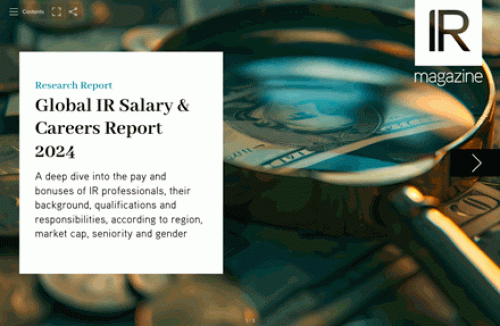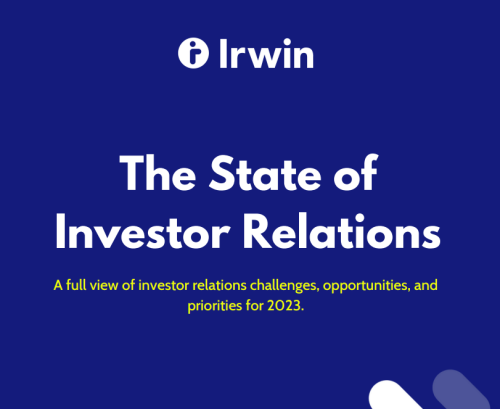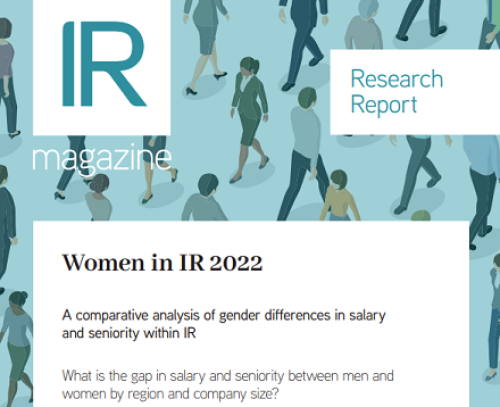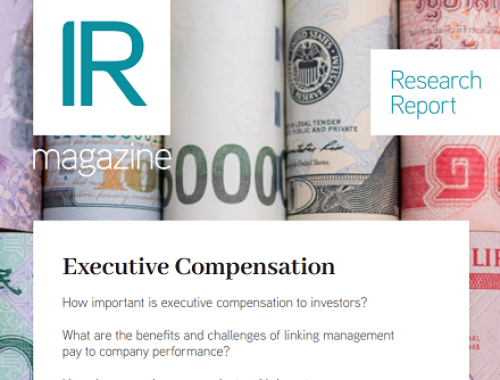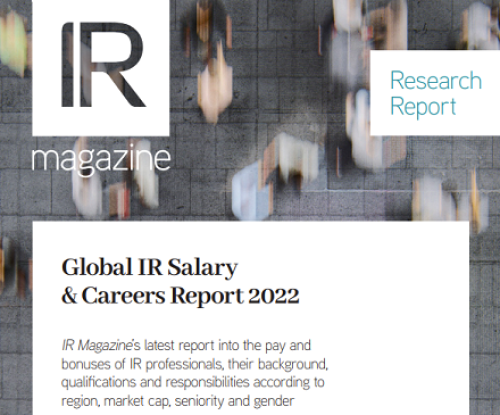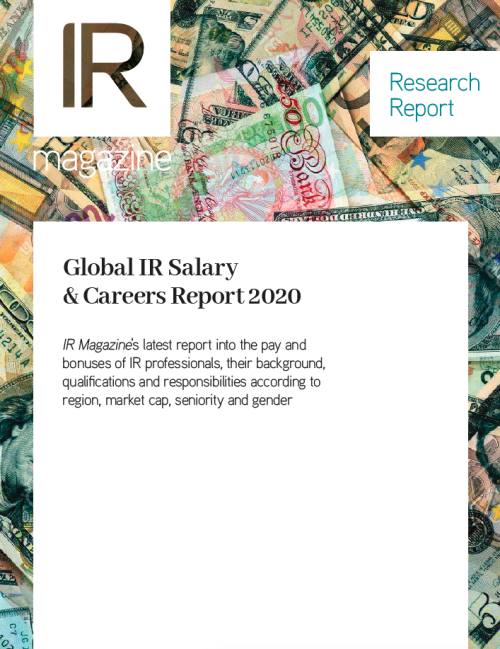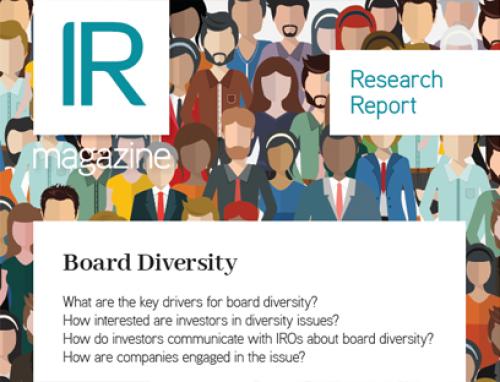The pay for North American IR professionals went up across the board in 2019, with a growing trend of stock provision for senior and mid-level IROs in particular.
According to a joint study by Korn Ferry and NIRI, the average IR base salary rose by more than 20 percent over the last four years to $250,532 in 2019, up from $202,000 in 2016 when the research was last conducted.
The survey, based on 381 IR professionals’ responses, explores IR industry compensation at three levels, ranging from average base salary for senior IROs to mid and staff-level IR professionals, which include analysts, managers and associates.
Senior IR professionals in the US took home an average of $293,696 in 2019. In 2016, senior IR practitioners – those with the job title of executive vice president, senior vice president/managing director, vice president or senior director – had a reported base salary ranging from $202,295 to $279,000, according to a NIRI report from that year.
In 2019, mid and staff-level IR professionals earned an average base salary of $201,531 and $140,218, respectively. In 2016, the base salary of directors and senior managers ranged from $140,285 to $167,400, while managers and analysts took home $115,000 and $81,500, respectively.
Separately, the new study highlights a regional disparity in the US. The highest-paying region is the Northeast with an average IR base salary of $267,824, followed by the Midwest and West with $248,026 and $244,408, respectively. IROs based in southern US states continue to have the lowest salaries, with an average base of $242,130.
ESG and Mifid II having knock-on effect on salaries
Speaking to IR Magazine, Ted Allen, vice president of communications and member engagement at NIRI, explains that an increase in IR’s range of responsibilities – including ESG/sustainability, Mifid II and shareholder activism – have contributed to the IR salary rise in the US.
‘There are a variety of factors playing a role in salary increases for IROs at all levels of seniority,’ he says. ‘The main factor is certainly having greater responsibilities, and a majority of survey respondents report that the role of IR has become elevated within their company.
‘One thing we haven’t seen before is that ESG/sustainability has become part of IROs’ responsibilities. For example, in the most recent survey, 59 percent of mid-level IROs report that their everyday tasks include ESG, while 53 percent of senior IROs report the same. Competitive intelligence is still the most prevalent additional responsibility for senior IROs, but ESG is now a close second.
‘IROs in both Europe and the US have become busier and Mifid II is certainly contributing to that. Small and mid-sized companies are losing sell-side coverage and IR professionals are having to work harder to engage with prospective investors. Mifid II, ESG and shareholder activism have all contributed to more work for IR professionals, and many companies have recognized this and rewarded their IR teams with increased compensation.’
Popular mechanism to retain IROs
The latest study finds the majority (97 percent) of respondents report having an annual bonus target percentage, with the median percentage in the range of 26 percent to 35 percent of their annual salary.
Some 86 percent of respondents receive equity as part of their compensation packages, with the median annual equity range – as a percentage of base salary – being 26 percent to 50 percent, notes the report.
Allen says there is a growing trend toward giving restricted stock as a form of motivation among senior and mid-level IR professionals.
‘In 2019, 88 percent of senior IROs and 75 percent of mid-level IR professionals received restricted stock as a form of compensation,’ he says. ‘Equity compensation for staff-level IR professionals is still very modest: just 33 percent received restricted stock compared with senior and mid-level IROs’ equity compensation.’
In 2019 almost half of respondents (45 percent) reported restricted stock units as the top component of equity compensation followed by stock options (19 percent), performance/phantom stock (16 percent) and employee stock purchase plans (14 percent), the joint report reveals.
‘We have seen greater use of restricted stock as part of the bonus package. Restricted stock with a three or four-year vesting period can be an effective way for a company to retain IR professionals,’ concludes Allen.

